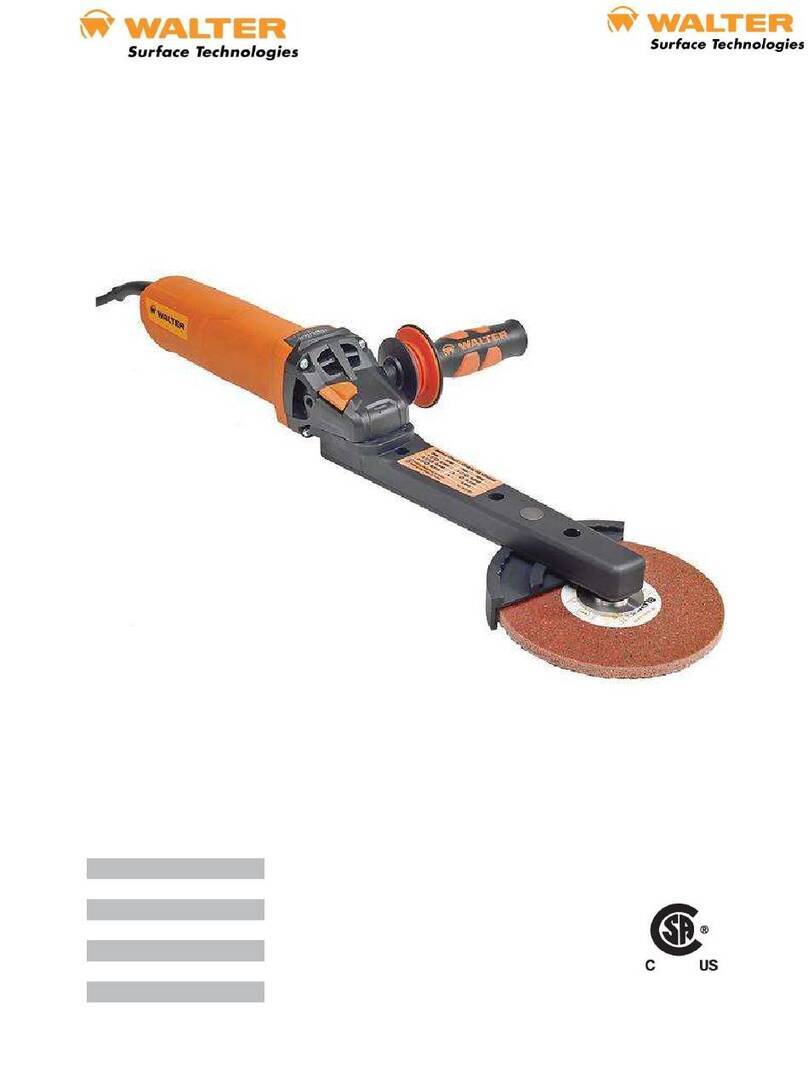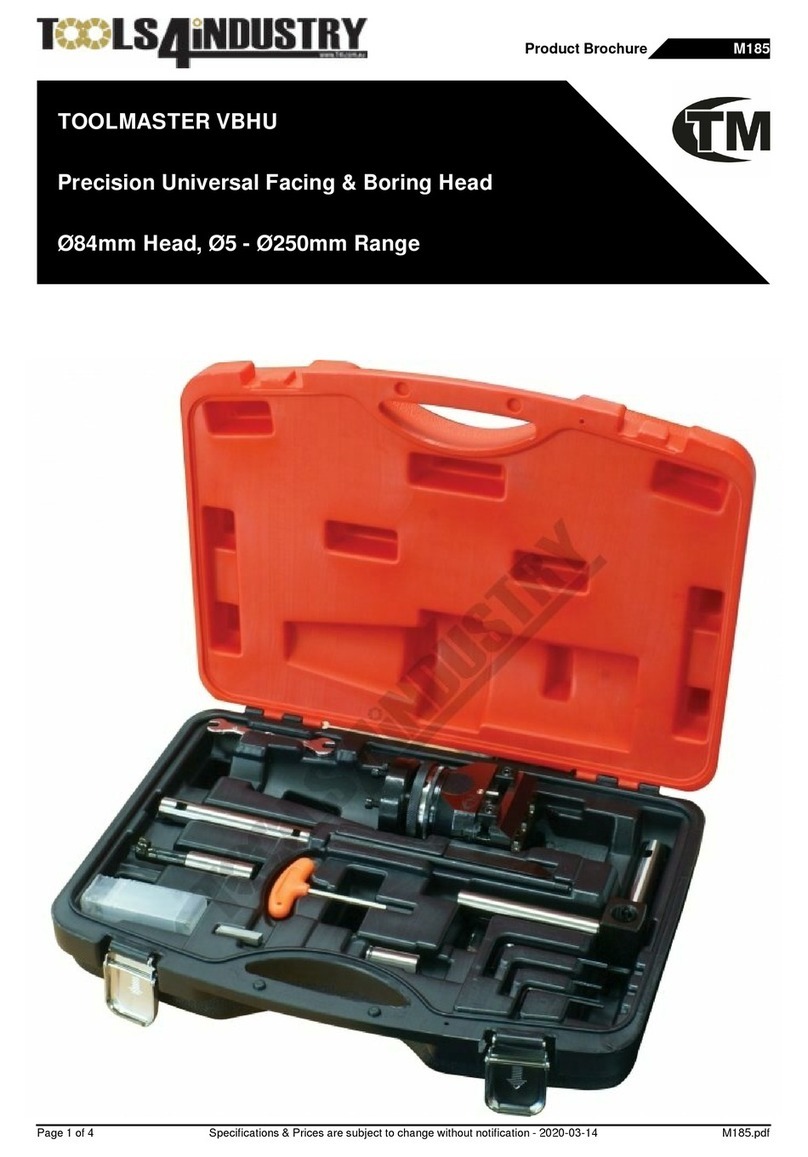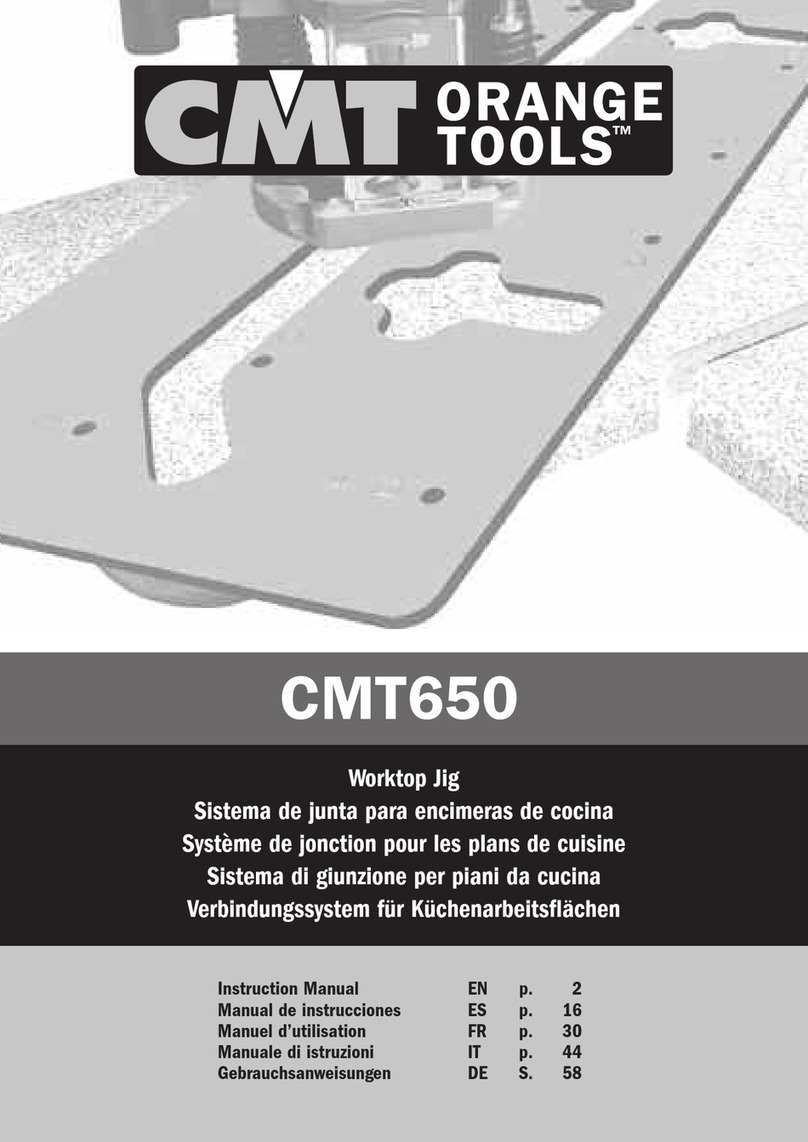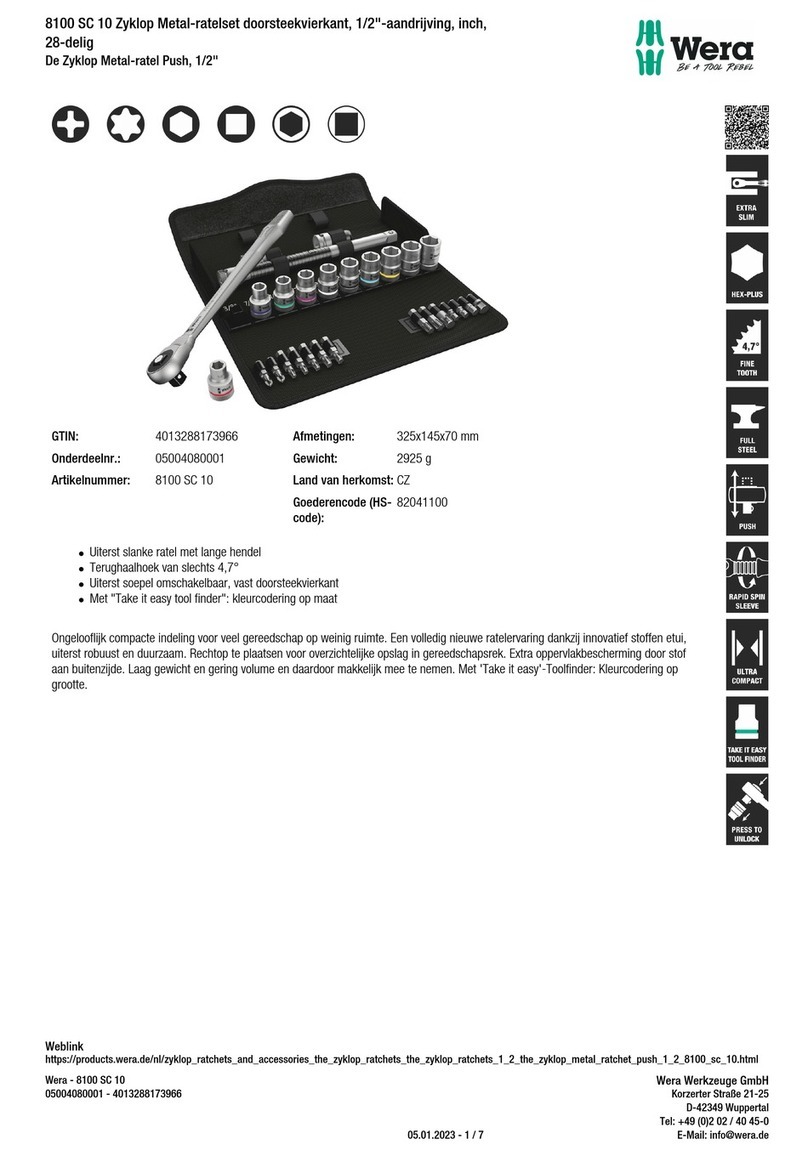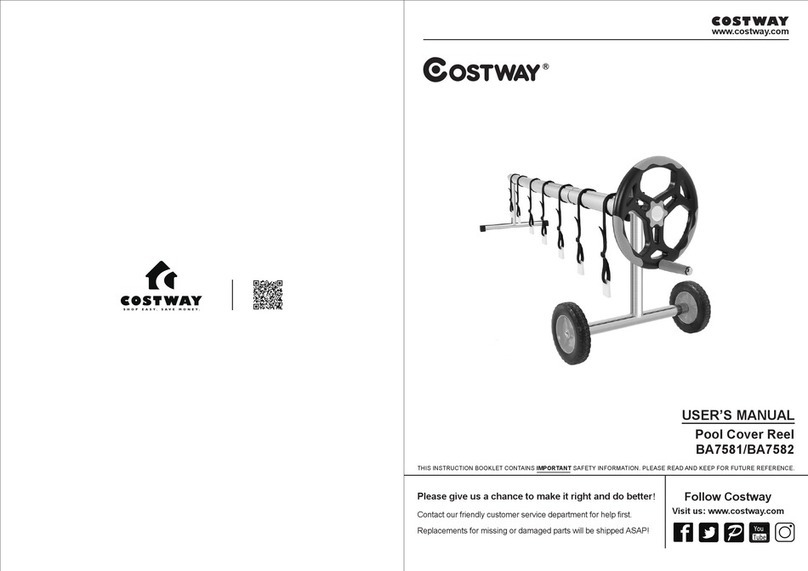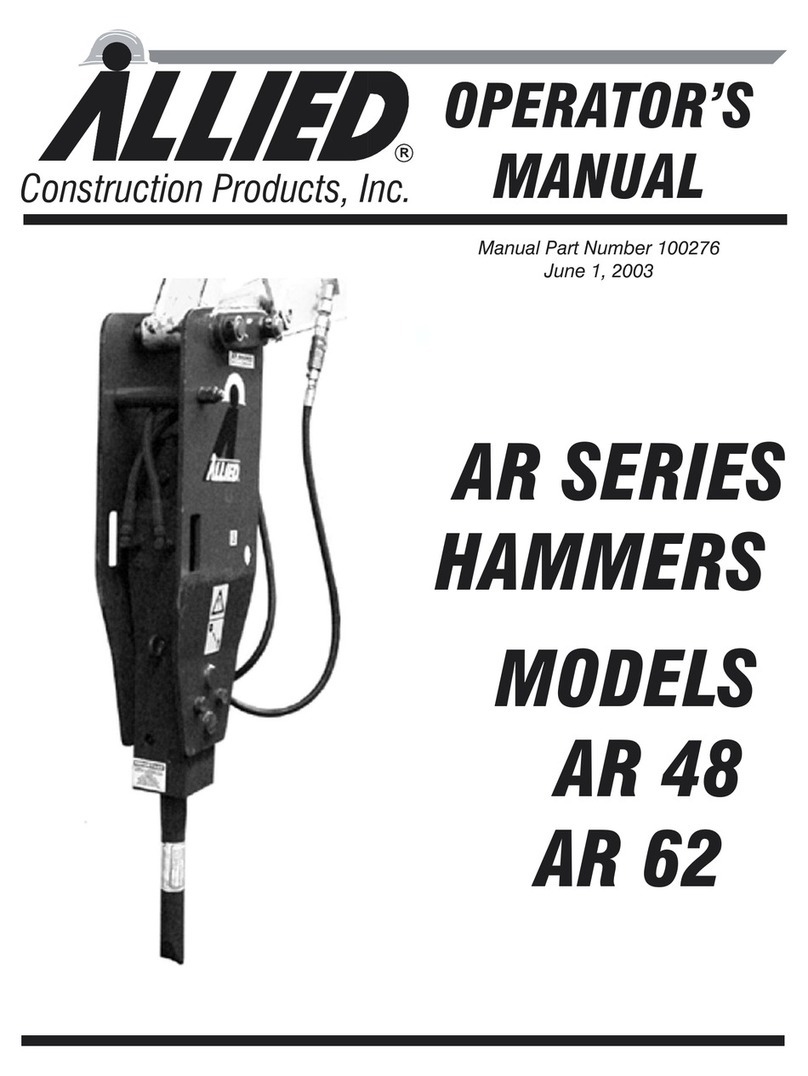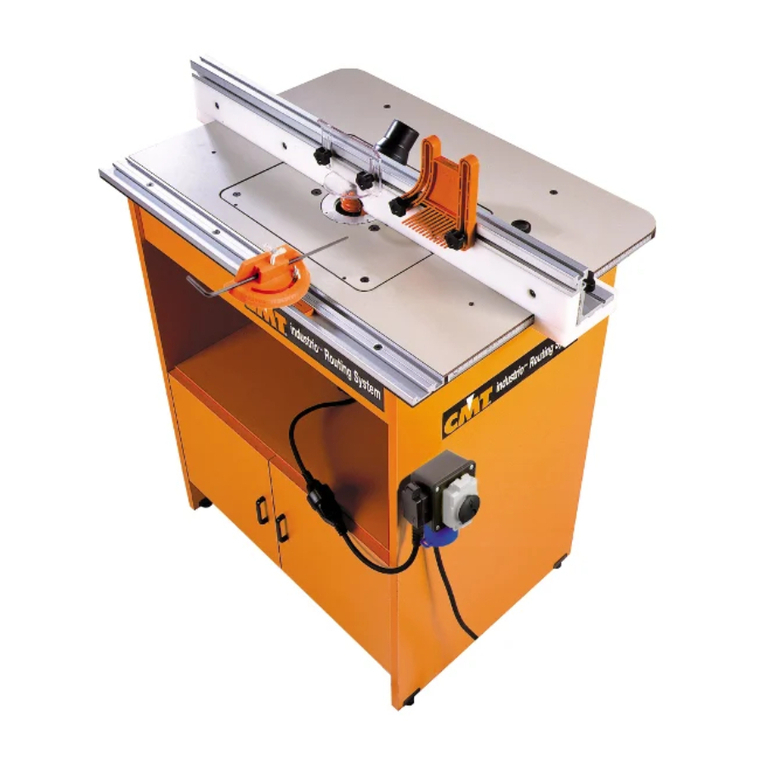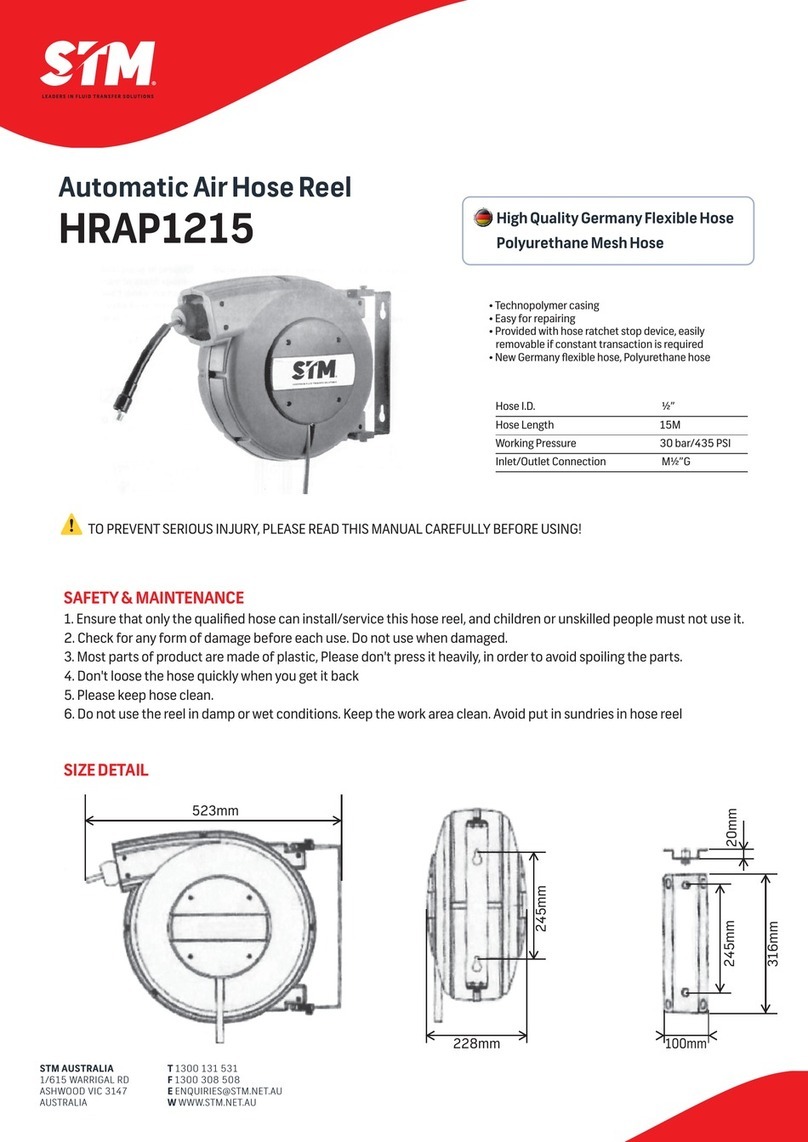Status Instruments SEM1720 User manual

D2572-01-06
SEM1720
USER INSTRUCTIONS
Important - Please read this document before installing.
Every effort has been taken to ensure the accuracy of this document; however, we do
not accept responsibility for damage, injury, loss or expense resulting from errors and
omissions, and we reserve the right of amendment without notice.
IMPORTANT – CE, UKCA & SAFETY REQUIREMENTS
Product must be DIN rail mounted, inside a suitable enclosure providing environmental
protection to IP65 or greater.
To maintain CE EMC requirements, input and supply wires must be less than 30
metres.
The product contains no serviceable parts, or internal adjustments. No attempt must be
made to repair this product. Faulty units must be returned to supplier for repair.
Before attempting any electrical connection work, please ensure all supplies are
switched off.
ABSOLUTE MAXIMUM CONDITIONS (To exceed may cause damage to the unit).
Working voltage terminals Inputs
±24 Vdc @ 10 mA
Working voltage terminals Outputs
±30 Vdc @ 50 mA
Supply voltage
(20 to 240) Vac 50/60 Hz or (20 to 240) Vdc,3 W
Ambient
Temperature (-20 to 70) °C
Approvals EN61010_1, EN61326
External supply
1 A anti-surge fuse recommended
Isolation supply to input/output
4200 V
Any input to output
3750 V
Output to output, input to input
3750 V
Important – Read this
document before installing.
---------------------------------------------------------------------------------------------------------------
1~DESCRIPTION.
SEM1720 is a dual channel signal conditioner designed to accept RTD, Thermocouple
or Potentiometer sensors and provide isolated, industrial process output signals in mA
or Volts. Each output channel may be linked to either an input sensor or to a maths
function of both sensor signals. This powerful feature allows the device to operate in
several different modes.
The output signal can also be adjusted over the full working ranges (0 to 20) mA or (0 to
10) V, to provide common or custom process signals, examples (4 to 20) mA, (0 to 1)
mA, (1 to 5) V.
SEM1720 is configured using the free software that allows the user to configure the
device without requiring calibration equipment. Maths functions on each channel can be
set up using the software as well as a 22-segment profile tool. Input/output simulation
tools for diagnostic purposes are also available
2~RECEIVING AND UNPACKING.
Please inspect the packaging and instrument thoroughly for any signs of transit
damage. If the instrument has been damaged, please notify your supplier immediately.
3~SPECIFICATION.
Refer to data sheet for full specification. Download at www.status.co.uk
Factory defaults
Basic mode, dual channel operation, (Ch1, Ch2) = Pt100,
Range (0 to 100) °C = (4 to 20) mA output. Burnout high
4~INSTALLATION AND WIRING.
Important safety requirements
This equipment is suitable for environment Installation category II pollution degree 1 and
is classed as "PERMANENTLY CONNECTED EQUIPMENT". The equipment is intended
for industrial and commercial application only and not suitable for domestic or medical
use.
The equipment must be mounted inside an enclosure that provides protection >= IP65.
In NORMAL USE, the equipment will only be accessed for maintenance by qualified
personnel. Please ensure the equipment is mounted vertically with terminals (101 to 204)
at the bottom. This will provide maximum ventilation. This equipment may generate heat:
ensure the enclosure size is adequate to dissipate heat. Be sure to consider any other
equipment inside the enclosure.
The equipment surfaces may be cleaned with a damp cloth. Use a mild detergent/water.
Ensure the supply is OFF before cleaning and on completion of cleaning the equipment
is completely dry before the supply is turned back ON.
This equipment must be installed by a qualified person. All electrical wiring must be
carried out in accordance with the appropriate regulations for the place of installation.
DC supply must be derived from a local supply and not a distribution system.
Supply (20 to 240) Vac 50/60 Hz (20 to 240) Vdc. If supply is a HAZARDOUS VOLTAGE,
a supply isolation switch must be installed close to the equipment with the “OFF”
position clearly marked. Also, the supply must be fused with a suitable 1 A (T) fuse
(circuit breaker) installed close to the equipment.
USB configuration can be performed without the supply being connected. For safety
reasons, use 24 Vdc for a functional test of the unit prior to fixed installation. The
following operations should only be carried out on a disconnected device and under
ESD safe conditions: General mounting, connection and disconnection of wires.
4.1~MECHANICAL.
The equipment must be mounted on a DIN rail style DIN EN50022 inside a plastic or
metal enclosure with a protection level >= IP65. All wiring must be secured. Maximum
cable sizes 2.5 mm. Connection two-part screw terminals.
4.2~ELECTRICAL
CONNECTIONS
For wiring connections, refer to the side label on the SEM1720 and this document.
SUPPLY
(20 to 240) V dc 50/60 Hz
(20 to 240) V dc
Max Power 3W
S1 -
S2 +
205
206
207
208
105
106
107
108
208108
OUTPUTS
Vdc
LOA D
207
107
External Powered mA
+
-
207107
205105
Internal Powered mA
LOA D
207
107
Vou t
206106
Voltage Output
+
-
205105
+
104
103
102
101
204
203
202
201
INPUTS
Thermocouple
203
103
204
104
+
-
RTD
202102
203103
203
103
201101
Slide Wire
201101
204104
202102
Input connections for cable length >3 metres: use screen or twisted pair cables. Max
cable run 30 metres.
Output connections for cable length >3 metres: use screen or twisted pair cables. For
current outputs max cable run 1000 metres, Voltage output 30 metres.
Supply maximum cable run 30 metres. As stated in the IMPORTANT SAFETY
REQUIREMENTS the supply must be fused with a 1A (T) fuse and provision provided
to isolate the circuit when hazardous voltages are being switched.
LED front panel indication.
Channel 1 and channel 2 LEDs show green for in-range input condition.
Channel 1 and channel 2 LEDs show red for out-of-range input condition.

D2572-01-06
5~USER CONFIGURATION.
Read the Important safety requirements
PC CONFIGURATION
During configuration the equipment takes its power from the USB port, therefore no
power connection is required. The equipment can be configured whilst powered but the
computer used must be isolated from the supply earth to avoid grounded earth loop
effects.
Device
USBSPEEDLINK software
www.status.co.uk
USB CABLE
COMPUTER
Configuration steps using USBSpeedLink
Download, install and run USBSpeedLink
Up to 8 configurations can be stored, the configuration chosen is set using a
DIP switch.
Set the switch on the SEM1720 to the required position (default position 1). The
switch is located behind the front panel. Repower the device after changing the
DIP switch position.
Do not remove front panel while the device is powered!
Connect device to PC using an A to mini B USB lead
Upload device set-up into the configuration software, “Basic” and “Advanced”
options are available for configuring the device.
Basic mode should be suitable for most applications.
An enhanced set of programming options are available in the Advanced
configuration mode.
Adjust settings as required
Send new configuration to the device
USBSpeedLink software configuration screen for SEM1720
Note: When the device is correctly connected, the “Send” and “Receive” menu buttons
will turn black and the “Read Data” button will become visible.
Basic configuration screen shown below.
Advanced configuration screen shown below
The following covers the Advanced mode, but descriptions apply to Basic mode as well.
CH In/Input (Ch1 and Ch2)
Select: RTD, TC or Slide-wire. RTD and TC will give a dropdown option for type.
CH In/Input (Ch1 and Ch2)
Select: High or Low condition for On Error Fail (burnout).
CH In/Input Pre-set (Ch1 and Ch2)
This will open a box to enter a value for the input (°C, %) that the device will take as its
input condition. The actual input will be ignored while this input pre-set is selected. The
device will respond accordingly to the pre-set input value on its output.
Profile In (A and B)
Select the input source for the Profile, normally CH1 or CH2 input, but can use the
dropdown tool to select from a range of maths comparisons such as Average.
Profile Seg/Segments (A and B)
The number of segments
Up to 22 user-segments can be used to create a user-curve or non-linear relationship
table, for example add corrections or calibration points to a probe with known errors.
This tool can also be used to enter the °C units to °F units if required.
Segments can be used if required to control out of limit conditions or create banded
temperature zones.
Profile Units Out (A and B)
Normally °C but can be any relevant unit such as °F (see above Seg/Segments)
CH Out/Output Source (Ch1 and Ch2)
Select the Profile source for the Output, normally Profile A or Profile B, but can use the
dropdown tool to select from a range of maths comparisons such as Average.
CH Out/Output Range (Ch1 and Ch2)
Set the engineering range, normally °C to be scaled to the output.
CH Out/Output Signal (Ch1 and Ch2)
Select mA or V and the output range to be scaled to the engineering range. This can be
any value within the physical capability of the device.
For a voltage output, the output load value, if known, can also be entered.
CH Out/Output Damping (Ch1 and Ch2)
A value to slow the rate of change on the output can be added for a rising and a falling
signal.
CH Out/Output Fixed Output (Ch1 and Ch2)
The output can be fixed to a known value. This can be useful for diagnostics on a
system
CH
Out/Output Tag (Ch1 and Ch2)
A free type field for information to be stored onto the SEM1720
Menu Options
The configuration can be saved to PC file for back-up and re-use as required.
The USBSpeedLink software will allow live readings to be taken from the device
showing input and output conditions.
For diagnostic use, the device can save live readings to a text file on the PC.
USBSpeedLink configuration software is available online at www.status.co.uk
This guide is also available online at www.status.co.uk
Status Instruments Ltd, Status Business Park, Gannaway Lane, Tewkesbury, Gloucestershire, UK, GL20 8FD,
Web Page: www.status.co.uk,
Technical Support: support@status.co.uk
Tel: +44 (0) 1684 296818, Fax: +44 (0) 1684 293746
Popular Tools manuals by other brands
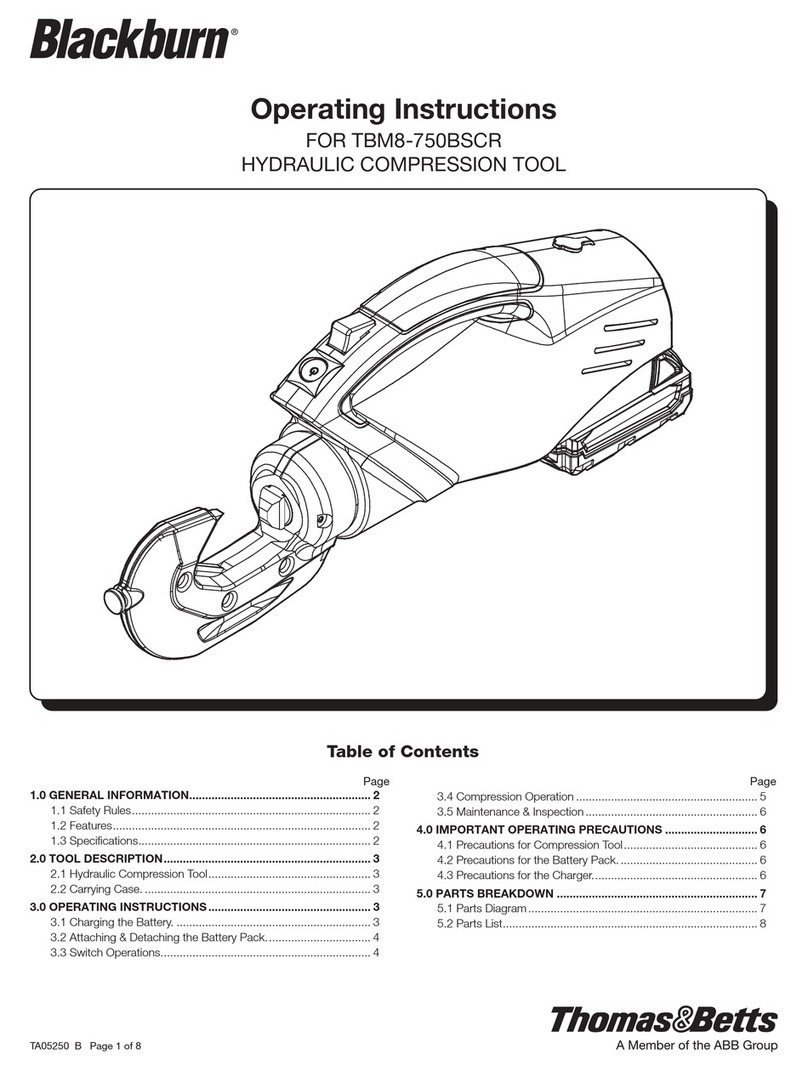
blackburn
blackburn TBM8-750BSCR operating instructions
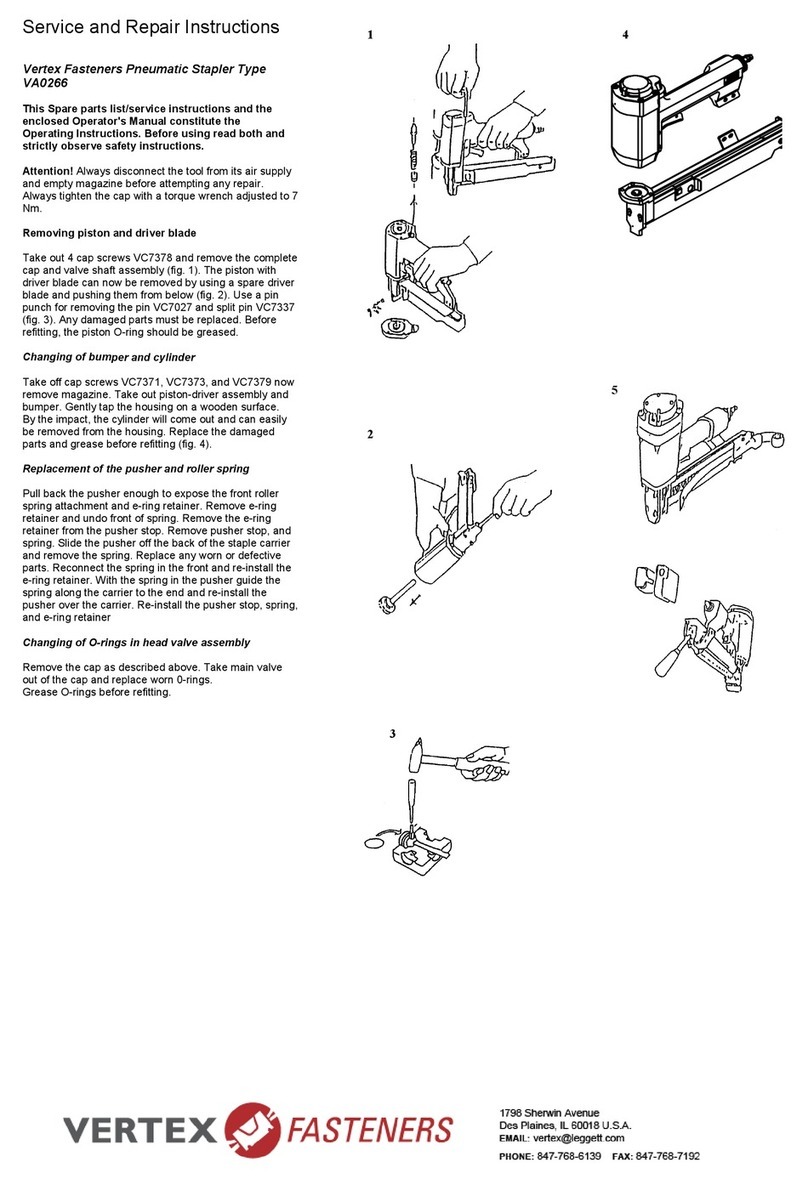
Vertex
Vertex VA0266 Service and repair instructions

Victaulic
Victaulic VE106 Groove-N-Go Operating and maintenance instruction manual
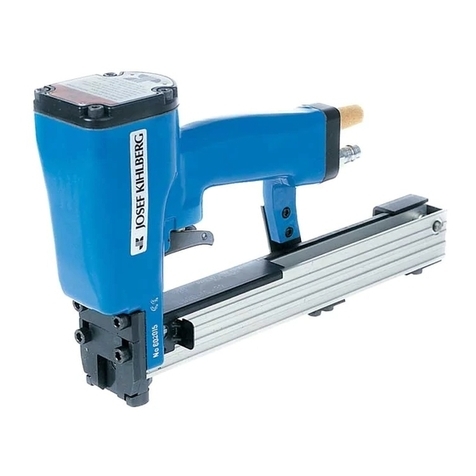
Josef Kihlberg
Josef Kihlberg JK35-590 operating instructions
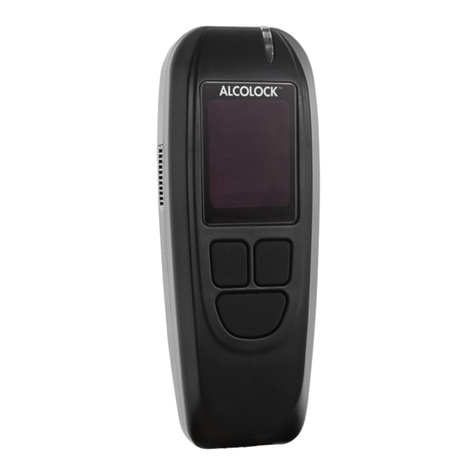
Alcolock
Alcolock LR max installation manual
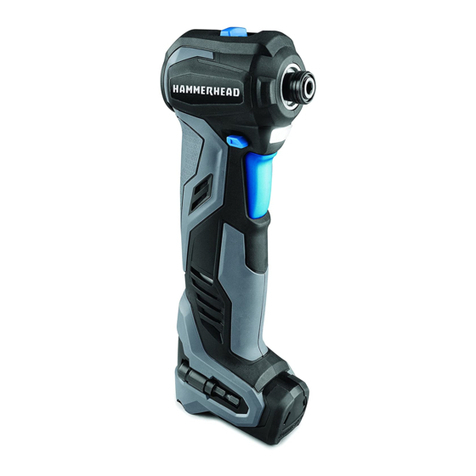
Hammerhead
Hammerhead HCID120 manual
